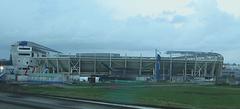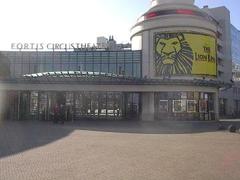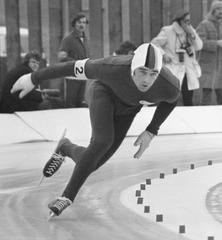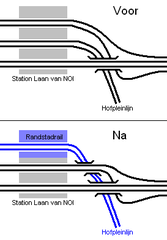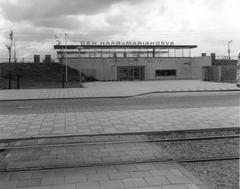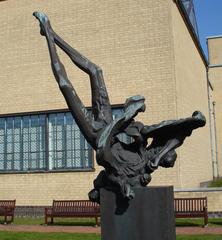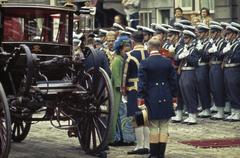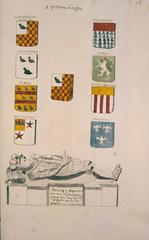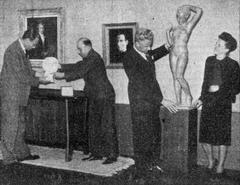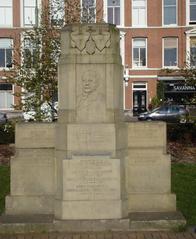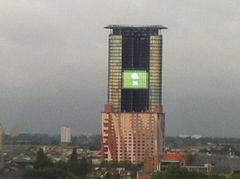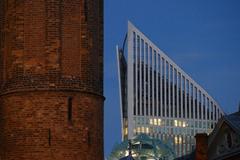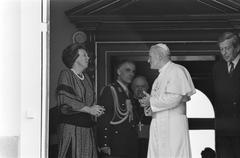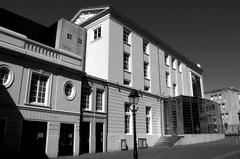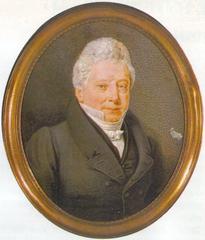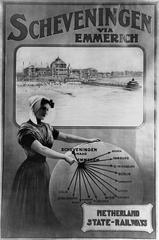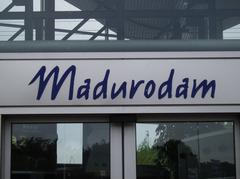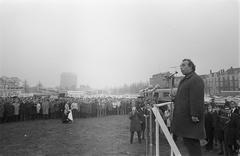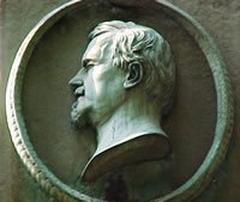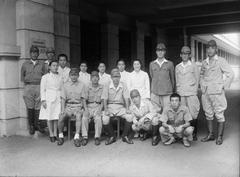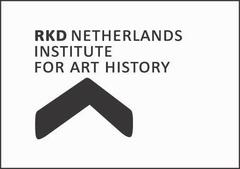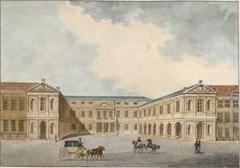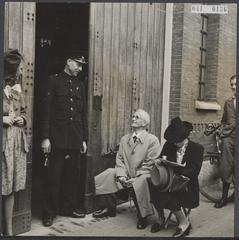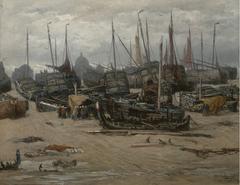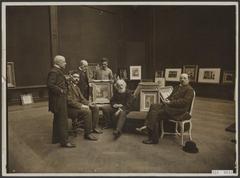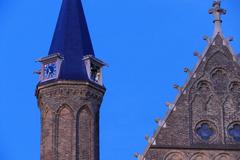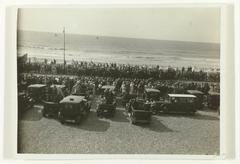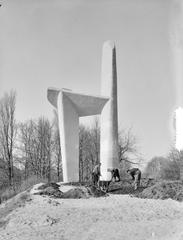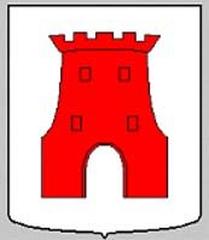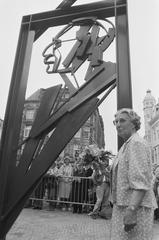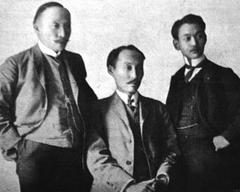Ypenburg Interchange Visiting Hours, Tickets, and Travel Guide – The Hague Historical Sites
Date: 03/07/2025
Introduction to Ypenburg Interchange and Its Significance in The Hague
Nestled in the southeastern part of The Hague, the Ypenburg Interchange is a pivotal junction where the A4, A12, and A13 motorways meet, providing seamless access to major Dutch cities such as Rotterdam, Delft, and Utrecht. Beyond its crucial role in regional connectivity, Ypenburg is a district rich in history and culture. Originally established as an agricultural area, the site’s transformation began with the creation of Ypenburg Airfield in the late 1930s. During World War II, the airfield was the scene of intense fighting during the Battle for The Hague, where Dutch forces famously repelled a German airborne assault—a legacy commemorated with monuments and annual events.
Following its military use and a brief period as a civil airport, Ypenburg evolved into a contemporary residential district, known for its sustainable urban planning, green spaces such as Ypenburgse Bos, and innovative architecture like the renowned Watervillas. The excellent transportation infrastructure, highlighted by the Ypenburg Interchange and Den Haag Ypenburg railway station, makes the area an ideal gateway to the city’s cultural, recreational, and historical sites.
Visitors can explore historic remnants like the preserved air traffic control tower, unwind in tranquil parks, or immerse themselves in Dutch art and history at institutions such as the Mauritshuis Museum and Escher in Het Paleis. Ypenburg’s strategic location also offers easy access to coastal attractions, vibrant festivals, and diverse dining options. This detailed guide provides essential information on transportation, accessibility, opening hours, tours, and nearby amenities—ensuring you make the most of your visit to Ypenburg and The Hague.
For up-to-date resources, consult official platforms such as The Hague Tourism Website and NS Railway Services.
Historical Overview of Ypenburg
Early Origins and Strategic Location
Ypenburg’s origins lie in its early-20th-century agricultural landscape. Its flat terrain and proximity to The Hague, Rotterdam, and Delft made it strategically attractive, leading to the construction of Ypenburg Airfield in the 1930s.
Ypenburg Airfield: Foundation and Military Importance
Built as a base for the Royal Dutch Air Force, Ypenburg Airfield became vital to the Netherlands’ air defense strategy. Remnants such as runways and the control tower still echo this past.
World War II: The Battle for The Hague
Ypenburg gained historical prominence during the German invasion on May 10, 1940. Despite a brief occupation by German paratroopers, Dutch forces quickly recaptured the airfield, an act remembered today through memorials and annual commemorations.
Postwar Reconstruction and Civil Aviation
After WWII, the airfield was restored for military and limited civilian use, gradually giving way to residential and commercial developments as Ypenburg transitioned into a community-focused district.
Vinex Development and Modern Ypenburg
The closure of the airfield in 1992 marked the start of Ypenburg’s transformation under the national Vinex housing policy. The area was redeveloped with a focus on sustainability, green space, and high-quality urban living. The Den Haag Ypenburg train station, opened in 2005, further improved regional accessibility.
Ypenburg Interchange: Infrastructure and Connectivity
The Ypenburg Interchange connects three major highways, cementing the area’s role as a transportation hub within the Randstad region. This connectivity enables efficient travel between The Hague and neighboring cities.
Visiting Ypenburg Today: Attractions and Practical Information
Main Sights and Activities
- Ypenburg Control Tower: Historic airfield landmark—open for visits during special events and guided tours.
- Ypenburgse Bos: A tranquil urban forest ideal for walking, cycling, and picnics.
- Local Art Centers: Venues showcasing exhibitions and hosting cultural events.
- Community Festivals: Celebrate local culture through annual events and open-air gatherings.
Historical Remnants and Commemoration
Ypenburg’s WWII legacy is honored through memorials and educational initiatives. The control tower serves as a tangible reminder of the area’s military past.
Demographics and Urban Identity
Modern Ypenburg is a multicultural neighborhood with diverse schools, eateries, and cultural offerings, reflecting the cosmopolitan character of The Hague.
Practical Visitor Information
Opening Hours
- Public Parks (e.g., Ypenburgse Bos): Open year-round, accessible at all times.
- Historic Sites (e.g., Control Tower, Art Centers): Specific opening hours; consult official websites before planning your visit.
Entry Fees
- Parks and Outdoor Areas: Free.
- Museums and Cultural Venues: Fees vary; check individual sites for details.
Guided Tours
- Local organizations and historical societies periodically offer tours covering Ypenburg’s war history and urban development. Schedules are available via The Hague Tourism Website.
Accessibility
- Ypenburg is easily accessed via public transport (train, tram, bus) and by car. Most facilities and parks are wheelchair accessible.
Getting There
- By Train: Den Haag Ypenburg station connects to major Dutch cities.
- By Tram/Bus: Multiple lines serve the district.
- By Car: Direct motorway access via the Ypenburg Interchange.
Top Attractions Near Ypenburg Interchange
Parks and Green Spaces
- Delftse Hout: Open dawn to dusk, free entry; family-friendly with a lake, trails, and playgrounds (Delftse Hout).
- Haagse Bos: Open 6:00–22:00, free; historic forest with views of Huis ten Bosch (Haagse Bos).
- Zuiderpark: Open dawn to dusk, free; sports facilities and festival grounds (Zuiderpark).
Family-Friendly Attractions
- Madurodam: Miniature park, open daily, tickets €19.50/adults (Madurodam Tickets & Info).
- Drievliet Amusement Park: Seasonal, tickets from €29.95/adults (Drievliet Tickets & Info).
Art, History, and Culture
- Mauritshuis Museum: Home to Dutch Golden Age art, tickets €15/adults (Mauritshuis Visiting Hours & Tickets).
- Escher in Het Paleis: Art museum dedicated to Escher, tickets €10/adults (Escher in Het Paleis Tickets).
- Panorama Mesdag: Unique panoramic artwork, tickets €12.50/adults (Panorama Mesdag Info).
Beaches and Coastal Activities
- Scheveningen Beach: Year-round, lively pier, water sports (Scheveningen Visiting Info).
- Kijkduin: Quieter family beach, open all year (Kijkduin Info).
Architectural and Historical Landmarks
- Binnenhof: Historic Dutch parliament, guided tours available (Binnenhof Tours).
- Peace Palace: Home to the International Court of Justice, tours available (Peace Palace Visitor Info).
Shopping, Dining, and Nightlife
- City Center: Shops, international cuisine, and vibrant nightlife (DutchReview).
- Haagse Markt: Large outdoor market, open select days (Haagse Markt Info).
Unique Experiences
- Canal Cruises: Guided city tours by boat (De Ooievaart Cruises).
- Japanese Garden at Clingendael: Limited seasonal openings, free entry (Clingendael Park Info).
Sports and Active Recreation
- Cycling: Extensive bike routes; rentals at stations (Dutch Cycling Guide).
- Water Sports: Surfing and sailing at Scheveningen (Scheveningen Surf Info).
Festivals and Annual Events
- Parkpop: Major free pop music festival at Zuiderpark (Parkpop Festival).
- Cultural Festivals: Tong Tong Fair, Embassy Festival, and Fireworks Festival (Den Haag Festivals).
The Ypenburg Airfield Monument: A Historical Landmark
The Ypenburg Airfield Monument commemorates the area’s military history, particularly its role in WWII during the Battle for The Hague. The open-air site is free to visit year-round. Guided tours and commemorative events, especially on May 10th, highlight the airfield’s history and the district’s evolution (The Hague Historical Sites).
- Location: In the Ypenburg district, accessible by tram/bus and car.
- Accessibility: Wheelchair-friendly; parking nearby.
- Events: Annual commemorations, educational programs, and reenactments.
- Additional Info: For the latest tours and events, check The Hague Tourism Website.
Practical Visitor Tips
- Transport: The OV-chipkaart is accepted on trains, trams, and buses.
- Tickets: Buy online in advance for attractions like Madurodam and Mauritshuis.
- Accessibility: Most venues and transit are wheelchair-friendly.
- Weather: Pack layers and rain gear due to the coastal climate.
- Bike Rentals: Available at Den Haag Ypenburg and citywide.
FAQs
Q: What are the visiting hours for Ypenburg’s main attractions?
A: Parks are open year-round; museums and historical sites have separate hours—check their websites.
Q: Is there an entry fee to visit Ypenburg?
A: No fee for parks or outdoor areas; museums and attractions may charge.
Q: How do I reach Ypenburg?
A: Train to Den Haag Ypenburg, or tram/bus from The Hague center.
Q: Are guided tours available?
A: Yes, offered occasionally by local organizations and historical societies.
Q: Is Ypenburg family-friendly?
A: Absolutely—parks, playgrounds, museums, and events cater to all ages.
Exploring Ypenburg Interchange: Key Information
- Location: Southeastern edge of The Hague, at the junction of A4, A12, A13 (ACCESS NL).
- By Car: Accessible via motorways; heavy traffic during rush hours.
- By Public Transport: Den Haag Ypenburg station links to city center and suburbs (NS).
- By Bike: Cycling paths throughout Ypenburg, though the interchange itself is not cyclist-friendly.
- Facilities: Parking at nearby P+R locations. Service stations available for fuel and rest stops.
Note: The interchange itself is not a tourist attraction, but the surrounding district offers historical and architectural interest.
Summary and Recommendations
Ypenburg Interchange is both a critical transport link and the gateway to a district rich in historical and cultural significance. From its origins as a strategic airfield to its current status as a modern, green, and diverse neighborhood, Ypenburg offers visitors a unique perspective on The Hague’s past and present. Enjoy easy access to world-class museums, family attractions, festivals, and natural spaces—all connected by a robust transit network.
For the best experience, plan visits to key sites in advance, use public transport for convenience, and check official resources for up-to-date information on tours and events. Whether you’re interested in history, art, or leisure, Ypenburg and The Hague offer something for everyone.
References and Further Reading
- The Hague Tourism Website
- The Hague Historical Sites
- Dutch Review – Things to Do in The Hague
- ACCESS NL – The Hague’s Fascinating Histories
- NS Official Site – Den Haag Ypenburg Station
- PlanetWare – Drievliet Amusement Park
- Watervillas by MVRDV
- 9292 Public Transport App
- Dutch Cycling Guide
